Critical Differences Between Selling on Amazon & Walmart
Amazon is the number one online marketplace with nearly 40% of eCommerce sales today. Whether you want to sell new or used products, you can list and sell them on the Amazon marketplace. Over 12 million products get sold yearly on Amazon, giving third-party sellers access to its wide customer base.
On the other hand, there is Walmart. It’s an American multinational retail corporation that manages a series of hypermarkets, discount department stores, and grocery stores. The Walmart Marketplace is similar to Amazon, giving third-party sellers access to its large customer base. It allows them to list their products on Walmart.com alongside the items distributed by Walmart itself.
So, how are these companies different? Which one is better for third-party sellers? Let’s find out!
1) Ease of Use
Here, we will discuss which platform is easier for beginners to use regarding onboarding and listing. In the battle between Walmart vs. Amazon, Walmart is not as beginner-friendly. It requires a list of qualifications and documents you must present; your application will undergo a “trust and safety” review. If you get approved, you can start selling at Walmart. The requirements include a US business tax ID, W9 or W8 and EIN verification letter from the Department of Treasury, a US business address, a plan for integration methods of your product catalog, and other related information. Walmart does not accept non-US applications, and even after getting approved, you must follow a launch checklist to register your company. In addition to that, Walmart’s API is underdeveloped, and its seller center often has bug issues.
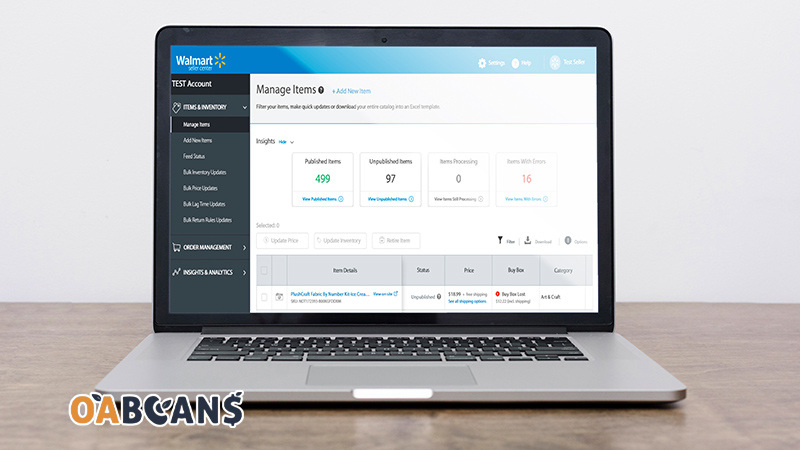
On the other hand, Amazon offers a seamless onboarding experience. You can start listing and selling your products immediately after choosing a seller plan. Amazon also requires you to provide a list of documentation, including billing and tax information, a national ID, a national phone number, etc. Most product categories on Amazon require a standard ID (UPC, EAN, ISBN, etc.). Unlike Walmart, you can sell internationally on Amazon – if your country has an Amazon marketplace.
2) Competitiveness
Walmart may make fewer sales online than Amazon, but it creates a less competitive space for new sellers. As mentioned earlier, the registration process at Walmart is much more complex, and it does not allow dropshipping to run in the marketplace.
Amazon, on the other hand, has 2.4 million active sellers worldwide. It is the largest marketplace for buying and selling online, offering sellers a higher potential for conversion. However, this makes Amazon a competitive marketplace, and many sellers struggle to make their products stand out among competitors. They mostly use Amazon Advertising to gain better visibility.
3) Branding and Advertising
Walmart is a traditional retailer, so it is better known for all the brands it carries. If you present your brand on Walmart, you have a higher chance of gaining a better branding impression. Regarding IP infringement, Walmart’s application process has strict requirements of ownership proof, experience, etc., which helps reduce infringement cases. In addition, only 1.6% of Walmart sellers advertise their products on the platform, but due to the first-price auction system, Walmart ads may be trickier to manage.
When comparing Walmart vs. Amazon, we find out that because of the higher competition, sellers must put more effort into advertising. Regarding branding activities, Amazon sellers must maintain high seller and product ratings to establish a good reputation with buyers and meet Amazon’s performance standards. As for advertising, Amazon offers more PPC ad options than any other marketplace.
Similarities of Selling on Walmart and Amazon
Selling on Walmart vs. Amazon may differ in various ways, but these marketplaces also have similarities. Both of them have fulfillment centers and offer fulfillment methods that help third-party sellers with handling the logistics. Both offer advanced listing content services, but Amazon’s version has additional eligibility requirements.
Walmart and Amazon also offer listing optimization options, but Walmart has a Listing Quality Dashboard that helps sellers with insights such as discoverability and ratings.
Pros & Cons of Selling on Amazon
After discussing the differences between selling on Amazon vs. Walmart, we invite you to discover the positive and not-so-positive sides of using these famous online sales platforms as a source of income. Let’s start with Amazon:
Advantages of Selling on Amazon
- Huge customer base: Amazon is known by all users and its community of buyers, so part of your target audience will likely have bought from it at some point.
Gives a good positioning: Selling on Amazon guarantees that the platform will appear in the top positions when users search with purchase intent.

Offers payment facilities: Amazon does everything on its part to facilitate payment gateways, logistics, etc. It is a great platform and has resources of all kinds.
Improves online reputation: Users generally have a good relationship with Amazon. They consider it a trustworthy marketplace and positively value the brands sold there.
Disadvantages of Selling on Amazon
- Strong competition: Many distributors and producers are selling their products on Amazon. This means that the competition is more significant.
- Differentiation by price: With so much competition, the reality is that most companies try to compete on price. It is one of the main criteria to appear in the top positions when a user searches on Amazon.
- Amazon always wins: You have to remember that Amazon is one of the competitors. It sells many of its products and always favors its products over other vendors.
- High commissions: Amazon is estimated to charge an average of 20% for each product sold on its platform.
Pros & Cons of Selling on Walmart
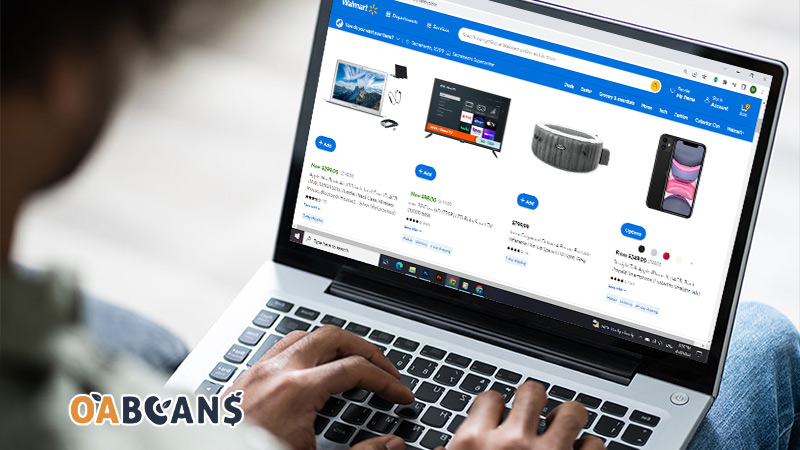
Walmart is one of the best stores for retail arbitrage. However, considering Walmart vs. Amazon, it’s critical to consider what each platform does. Now that we know the pros and cons of selling on Amazon, let’s find out how Walmart performs in comparison:
Advantages of Selling on Walmart
- Limited seller fees: sellers on Walmart are only required to pay a referral fee whenever one of their products gets purchased. The fee differs for every category; for example, 8% for video games, 15% for groceries, and so on.
- Limitless Product Assortment: Walmart sellers are not limited to SKU minimums or maximums. They can leverage their entire catalog as long as Walmart does not prohibit them.
- Create your own return policy: Walmart gives you more control over return conditions, so you can establish terms that work best for your business.
- Less competition: Walmart has fewer sellers on its platform compared to Amazon, which makes it less competitive.
Disadvantages of Selling on Walmart
- Strict price requirements: You can choose your own prices, but they must not interfere with Walmart’s Price Parity Rule and Price Leadership Rule. Price Parity prevents sellers from listing their products at a lower price on other marketplaces. Price Leadership will remove listings if the same product has a lower price on another marketplace (even if a different seller offers it).
- Lower profit margins: Walmart’s EDLP guarantee compels sellers to reduce their prices. Although offering products at a lower rate may increase sales, it reduces the profit margin.
- Smaller customer base: Fewer shoppers visit Walmart, while Amazon receives 200 million unique visitors per month.
- Limited fulfillment services: Walmart only offers its fulfillment services to eligible sellers.
Selling Fees on Amazon & Walmart
When comparing Walmart vs Amazon, we see that Amazon has a more complex fee system. However, the fees on both platforms can be sorted into three categories: product sales, fulfillment, and storage.
Selling Fees on Walmart
Unlike Amazon, Walmart doesn’t require you to pay an account fee. So, signing up as a seller on the Walmart marketplace is free and gives you unlimited access to listings and categories. The sales or referral fee for selling on Walmart ranges from 6% to 20% of the product’s selling price. As for fulfillment, if you use Walmart WFS, there are transparent requirements for maximum product package sizes and weights:
| Weight | Cost per Unit |
| Less than or equals 1 lb | $3.45 |
| Less than or equals 2 lbs | $4.95 |
| Less than or equals 3 lbs | $5.45 |
| Less than or equals 4 lbs and up to 20 lbs | $5.75 + $0.40 per an additional lb |
| Greater than 20 lbs (up to 30 lbs max) | An additional $3.00 to the above fee |
You must also take the storage fees into account. Storage fees at Walmart vary between two periods: from Q1 to Q3 and Q4. The fees for Q1 to Q3 are the same as Amazon, but they are less during Q4.
| Period | Cost |
| January – September (Q1 – Q3) | $0.75/cubic foot monthly |
| October – December (Q4) | – $0.75/cubic foot monthly for storing items within 30 days- An additional $1.50/cubic foot monthly (total: $2.25/cubic foot per month) for storing items for more than 30 days |
Selling Fees on Amazon
As mentioned earlier, amazon selling fees are a more complex system than Walmart’s. The fees for selling on Amazon include:
- Account fees: Amazon offers two types of plans for sellers: the Individual plan, which requires you to pay $0.99 for every product you sell on the platform, and the Professional plan, which has a fixed fee of $39.99 monthly.
- Sales fee: sales fees on Amazon includes a per-item fee, referral fee, closing fee, and high-volume fee. The fees are the same for both account plans. The referral fee is 6%-45% of the selling price; the closing fee is $1.80 per media item and $0.005 on items over 100,000 in listing volumes.
- Amazon FBA fees: the FBA fees vary based on size, max dimensions, and unit weight. You can check out Amazon’s pricing page to make a rough estimation based on your products.
- Storage fees: The storage fee per cubic square foot in Amazon warehouses is $0.69 per month for Q1-Q3 and $2.40 per month for Q4.
Listing Products on Amazon vs. Walmart
Before concluding the Walmart vs. Amazon comparison and choosing the right marketplace, you must know more about the listing process for each one. Both Walmart and Amazon have some rules and restrictions regarding product categories, so look at their guidelines to know which products need approval and which are entirely prohibited.
As for listing the products, you’ll need the following for Amazon:
- A product identifier – UPC, GTIN, EAN, ISBN, etc.
- An SKU, or stock-keeping unit, is a product identifier that helps you track your inventory.
- Product details – price, condition, available quantity, and shipping options
- Keywords and search terms to increase visibility
If your product is already listed on Amazon, you can add it to the existing listing. Otherwise, you have to create a new one.
However, at Walmart, things are a little different. After getting approved to be a Walmart seller, you receive a launch checklist with instructions for registering your company. After registration, you can create listings manually via API, with an Excel upload, or through a software partner. However, remember that Walmart’s platform and APIs are still underdeveloped, and managing them may be challenging. It’s also worth noting that Walmart requires a UPC for every product, while Amazon does not.
Pricing & Buy Box Winning Chance
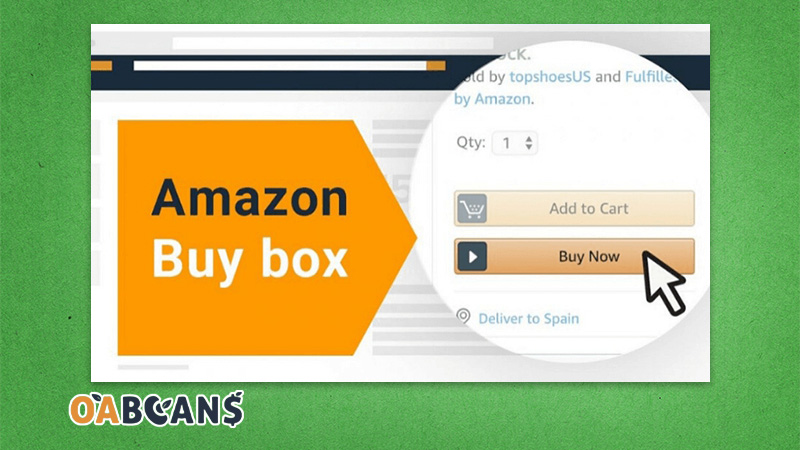
To stay competitive on Amazon, sellers need an automatic repricer tool to keep up with price fluctuations. However, offering the lowest price isn’t the only way how to win amazon buy box. Generally, FBA or Seller-Fulfilled Prime sellers have a bigger chance of beating out other sellers because Amazon can guarantee on-time, non-defective deliveries in their case. In addition, the price comes second to sales history on Amazon. The higher your sales velocity, the more likely you are to rank on Amazon’s search results.
On the other hand, at Walmart, everything is about the price. Uncompetitive pricing is the number one reason for getting delisted from Walmart, so make sure you abide by the rules of Price Parity and Price Leadership (which we explained earlier in this article).
Shipping & Fulfillment on Amazon and Walmart
Walmart offers third-party sellers two fulfillment options: Walmart Fulfillment Services (WFS) and Self-fulfillment. However, only established sellers can use WFS. If you are a beginner, you must fulfill orders independently. Either way, you cannot have branding packaging or include marketing materials when selling on Walmart. The Walmart platform does not acknowledge Amazon Logistics codes as valid tracking codes, so you can’t use Amazon Multi-Channel Fulfillment (MCF).
In the battle between Walmart vs. Amazon regarding fulfillment methods, Amazon is the winner. It offers Fulfillment by Amazon (FBA), which you can use even as a beginner, and Fulfillment by Merchant (FBM). Amazon has various fulfillment centers where you can send inventory ahead for future orders. If you use FBA, Amazon employees will be responsible for picking, packing, shipping orders, and even customer services and return management on your behalf. In addition, FBA sellers will receive an Amazon Prime badge on their profile, which gives them better visibility among other search results.
Final Thoughts
Regarding eCommerce, Amazon, and Walmart are considered industry giants. These marketplaces offer great opportunities for third-party sellers to earn a decent income on their platforms. However, the ultimate decision of selling on Walmart vs. Amazon comes to you. Both have pros and cons, which we discussed in this article, so consider each platform’s offerings in conjugation with your capabilities and goals to determine which suits you more.
It’s much easier to get approved as a seller on Amazon than Walmart because Amazon requires less documentation, and you don’t have to go through an approval process.
You can choose to sell on both platforms, but be careful not to offer lower prices for the same products on Amazon. Otherwise, you will get delisted from Walmart.


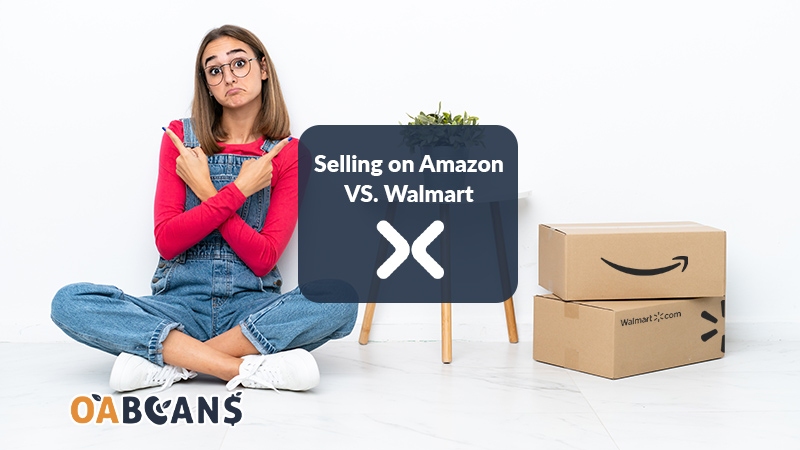
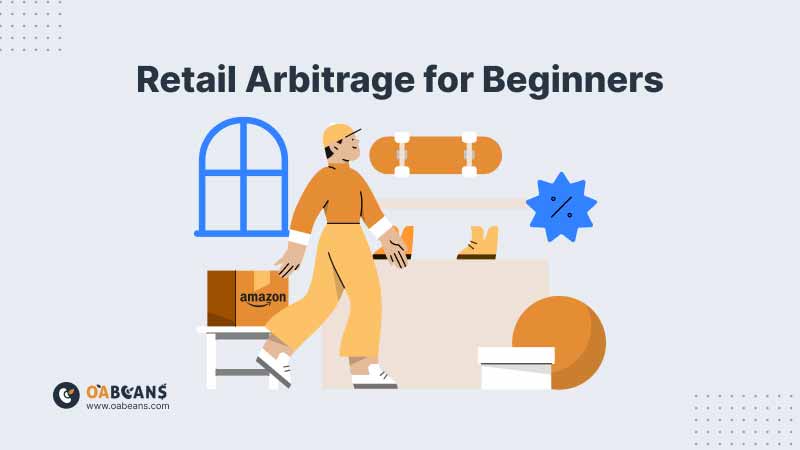
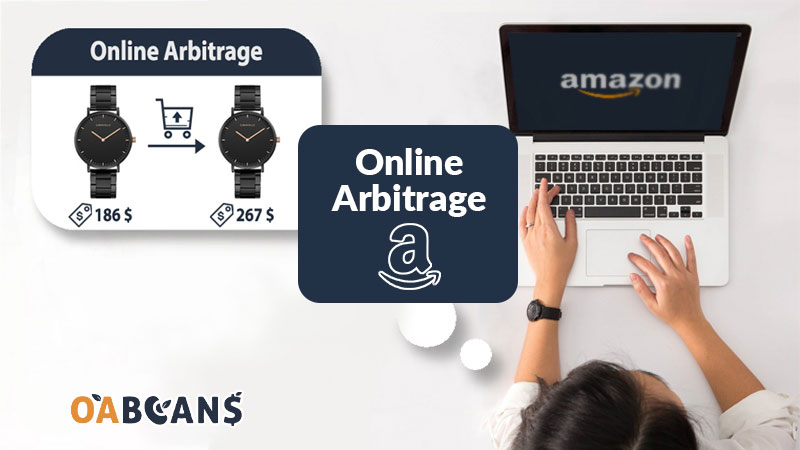
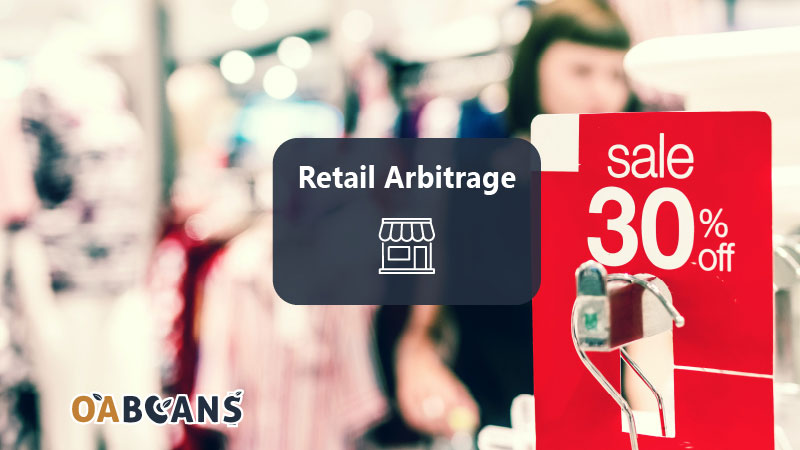
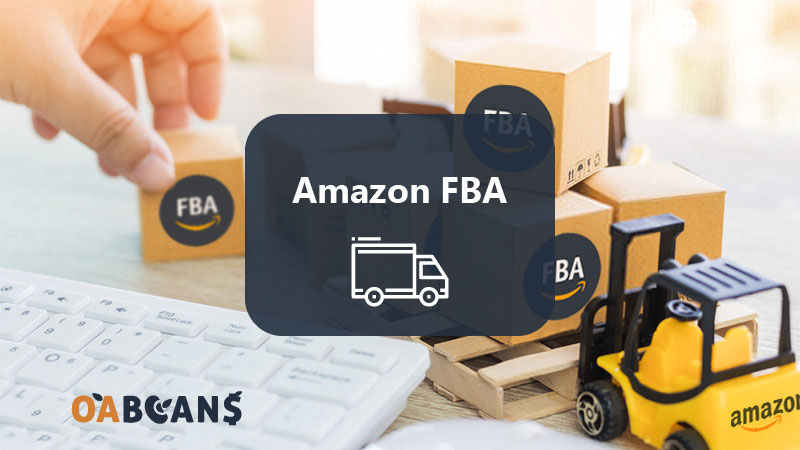




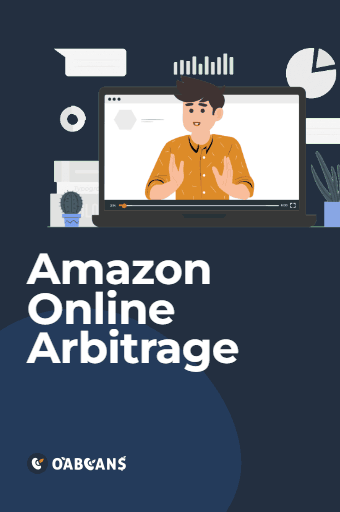


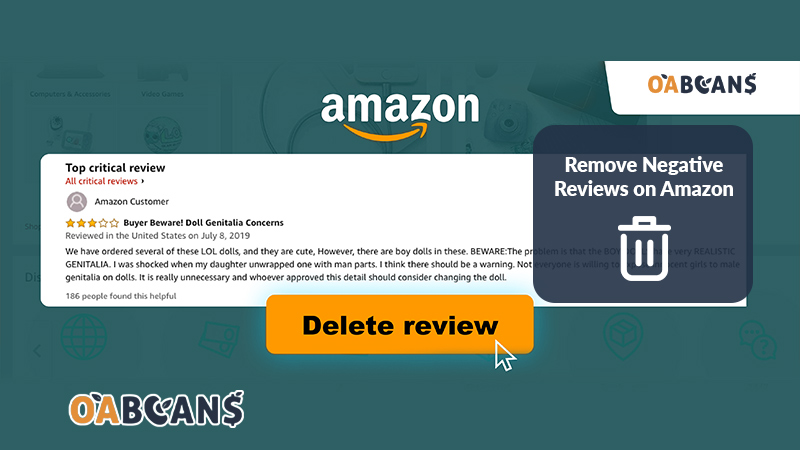


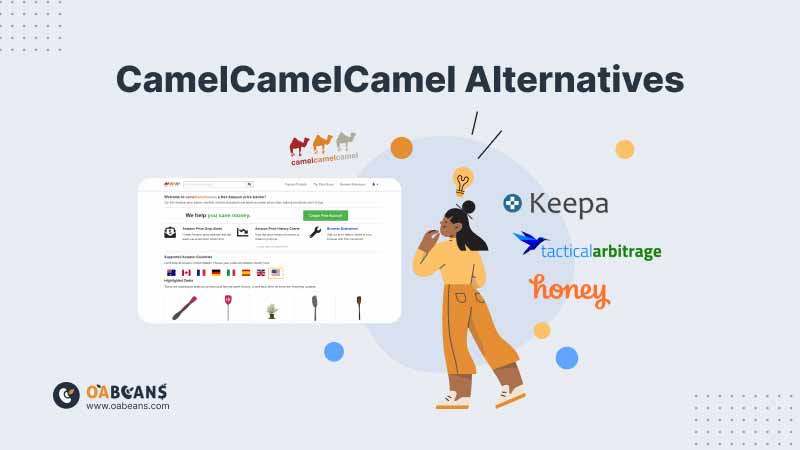




11 replies on “Selling on Amazon VS. Walmart”
Your website’s emphasis on building relationships and providing excellent customer service is refreshing in a world that can sometimes seem dominated by cutthroat competition. Your approach to business is a great model for others to follow.
The lightning deals on Amazon Marketplace are always a great way to save money on popular products.
Your website offers unique perspectives and insights that set it apart from other Amazon reselling resources. The focus on reducing risk and building a sustainable business has helped me make smarter decisions and achieve greater success as an Amazon reseller.
The resources and tools section of your website is a great addition, providing links to software and services that can help sellers streamline their operations and scale their business.
This is one of the best resources I’ve found for Amazon online arbitrage!
Your site is a fantastic resource for anyone interested in Amazon online arbitrage. I love how you break down the process step-by-step and offer practical advice for sellers.
I love the Amazon Prime two-day shipping option for my FBA products. It creates a sense of urgency and encourages customers to choose my listings over others.
The supportive community of retail arbitrage sellers on Amazon offers valuable resources, tips, and strategies to help you succeed in this exciting business model.
Reselling on Amazon provides a secure and trusted platform for both sellers and buyers, ensuring safe transactions and protecting against fraud.
The supportive community of online arbitrage sellers on Amazon offers resources, tips, and strategies to help you navigate the challenges and maximize your profits.
Amazon’s customer review system provides valuable feedback for retail arbitrage sellers, helping to build a positive reputation and attract more buyers.